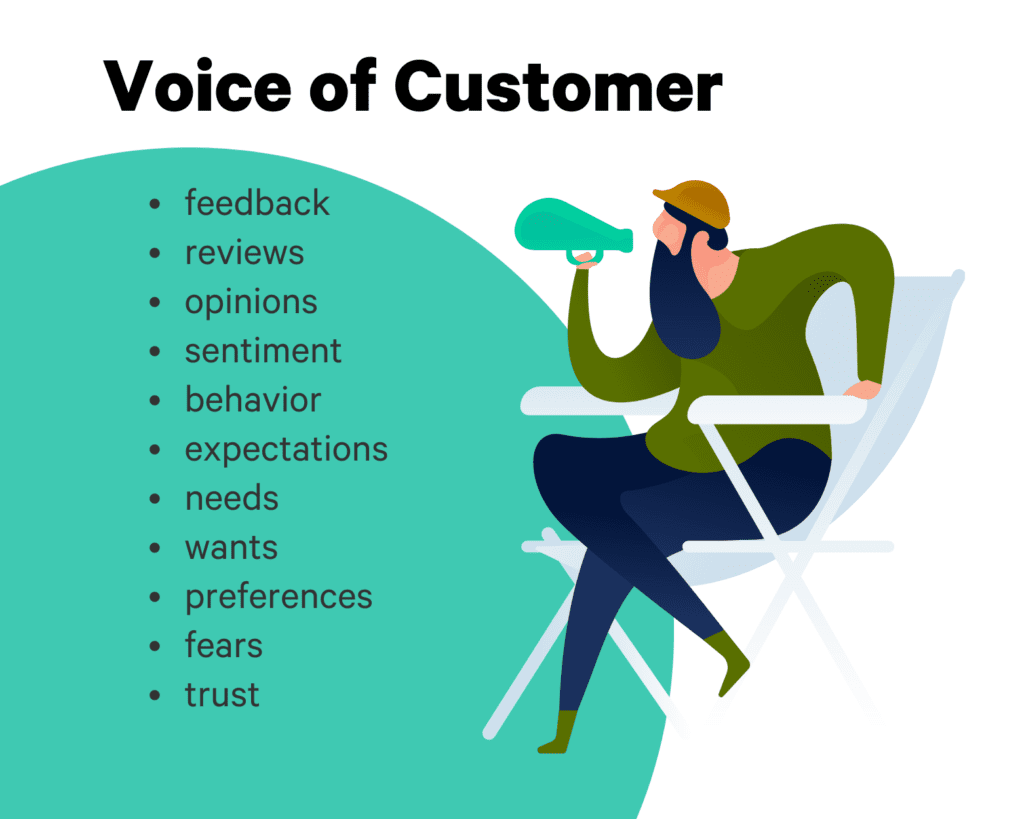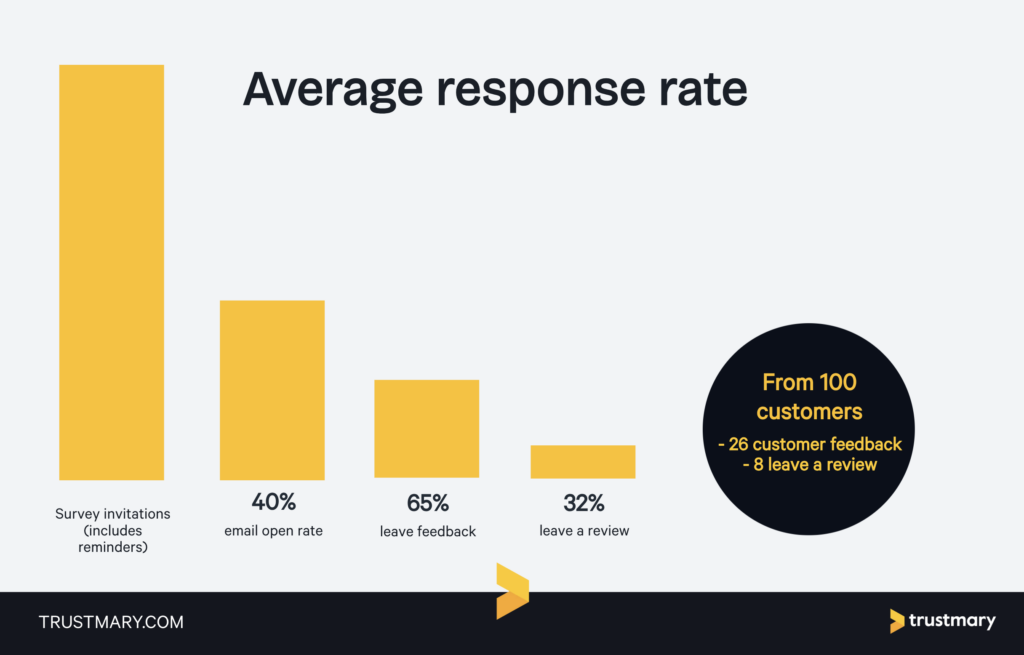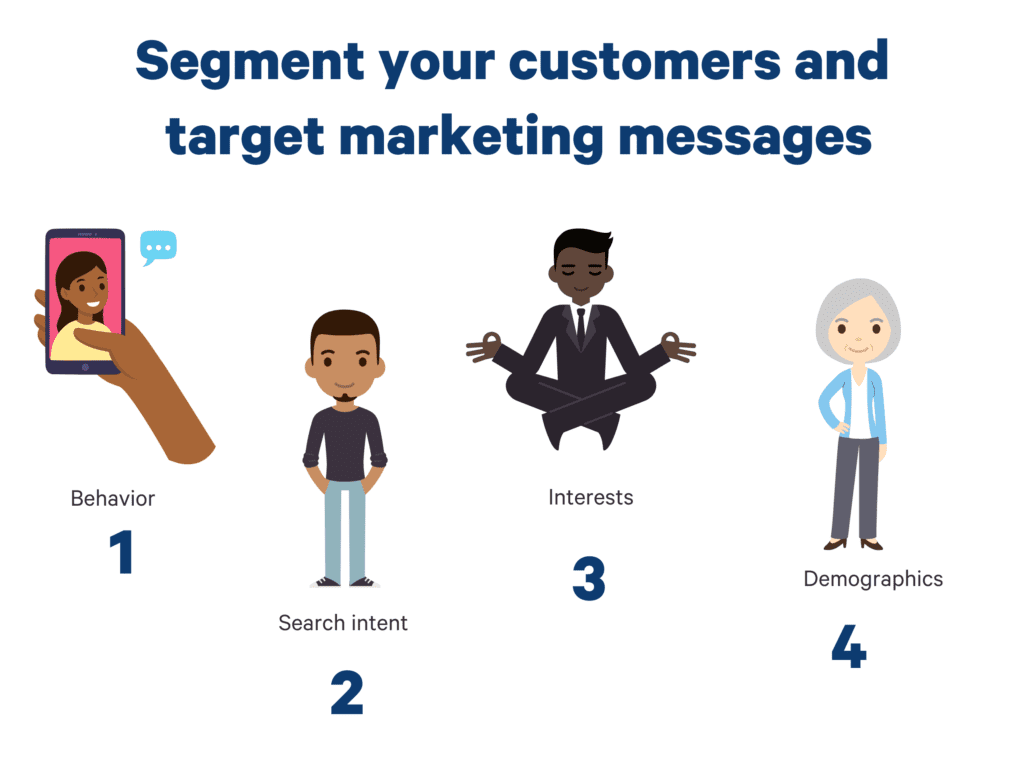Customer Experience Improvement - 7 Ways to Improve Customer Experience


I think customer experience (CX) is one of the key topics nowadays. All companies should be interested in measuring and improving its customer experience.
The best thing about having a great customer experience is that it's a competitive advantage.
Most things can be copied from one business to another, but your customer satisfaction and overall experience are impossible to replicate.
To offer a great customer experience, you need to know what your customer are expecting from you. All business owners should be as close to the customers as possible.
I'll pour my years of experience with customer experience into this blog article to go over seven concrete things to help you improve your customer experience.
7 Ways to Improve Customer Experience
To give a brief overview, the steps are:
- Measure customer experience
- Know your customers
- Define an ideal customer experience
- Improve CX with case stories
- Optimize flows
- Use omnichannel communication
- Personalize your messaging
1. Measure Customer Experience
Developing customer experience always starts with measuring. It is difficult to develop customer experience without knowing what to develop.
Furthermore, you need to have a baseline of your customer experience before making any changes to it. Tracking the changes in CX will help you determine if the changes you're making are paying off.
There are different survey types, but you can try:
- Net Promoter Score (Likeliness to recommend on a scale of 1-10)
- Customer Satisfaction Score, CSAT (how satisfied customers are on a scale of 1-5)
- Customer Effort Score, CES (how effortless a single interaction or touchpoint was, scale 1-5)
I'll give a short summary of how to measure customer experience here, but I'll tell you more about the technical side later.
How to Measure Customer Experience
Quite simply: Do customer feedback surveys. Make sure you're asking feedback from everyone to get a reliable baseline.
I've seen many business owners struggle with this phase. They create a survey, send it to all customers, and expect great responses, as they think everyone likes them.
When the responses come flying in, I can see the disappointment on their faces, when the customer satisfaction numbers tell a whole different story. However, this is a GOOD THING.
It's good to know what customers don't like. That allows you to start fixing those issues. This is just the starting point. It hurts to look into the mirror and realize not everyone is happy, but that's the reality of doing business.
Another thing to consider when measuring customer experience is making sure you're measuring it the right way.
There was one case where a B2C home improvement company said to me that its Net Promoter Score was 90.
The CEO then told me that they measure it by having the installer go to the client, where they have a nice little chat over cups of coffee and fill out the survey together on the installer's device.
The NPS can be 90, but they aren't measuring the client satisfaction, but rather how nice the chat with the installer was.
When we did an NPS survey with Trustmary via email to all the customers, the NPS dropped to around 30. The company got great insights into what customers liked and didn't like.
2. Know Your Customers
The better you know your customers and their needs, the easier it will be for you to respond to your customers' needs.
This should be self-evident, but rarely seems to be the case, as customer surveys we do invariably bring up issues that the company wasn't aware of.
Even though NPS is a handy tool for measuring the overall satisfaction of your customers, it does not tell you why people feel a certain way. To find that out, you need to ask more questions. They can be more specific rating questions, or open-ended questions.
Questions to ask include e.g.
- How satisfied are you with the service you received?
- How would you rate your shopping experience today?
- How would you rate the customer service?
- How could we improve your experience?
- What aspect of the experience did you like the most?
Surveys are not the only way to learn about your customers. A successful voice of customer program includes other tactics as well, like analyzing customer sentiment. You should monitor what people say about your brand "behind your back", so to speak.
Go to discussion forums and social media to see what people say to others about your brand. It gives you a different angle, as people do not always directly say what they think.
One great tool we've used to further deepen our customer understanding is recording our meetings and going over the meeting recordings with a fine-tooth comb. I highly recommend doing that!

3. Define an ideal customer experience
By defining an ideal customer experience, you are concretizing what your business has to offer and who it is suitable for.
Once you have a customer journey map of what your ideal customers want and how you want to meet their needs, the noise from outside your target audience will no longer interfere with your customer experience development.
Finding out the ideal customer experience is no easy task. Start in the core of your ideal customer profile: who are your current loyal customers? What do they have in common? That should help you with defining the ideal customer.
Then you can start investigating what their ideal experience would look like. Once again, conduct surveys, and interviews, review user data (see heatmaps of your website, inspect clicks, all that jazz), and run A/B tests to figure out what works the best.
Sometimes, a fault in the experience can be found in surprising places. For example, ineffective logistics can affect the customer experience more than you could imagine. In this case, using third-party order fulfillment solutions could help.
4. Improve customer experience with case stories
Clients benefit from hearing how others in their situation have benefitted from your solution.
There's no need to reinvent the wheel when they can just repeat the same steps.
Share relevant reviews, testimonials, and case stories. I'm emphasizing the "relevant" one more time to get my point across.
The best way to get reviews and testimonials is to ask for them. The typical survey response rate for us is 60% from the people who open the email.

Research shows that video testimonials work because
- They help visualize how products and services truly work
- They help viewers to understand an actual customer’s story
- They illustrate what kind of impact the product or service has on people’s lives
- They are more authentic than what the company says about their product or service
Testimonials remove the feeling of uncertainty from our purchase decision. When we come across a new product or brand, we might be sceptic about the quality and credibility. Seeing authentic testimonials from real customers eases that feeling of doubt and makes the shopping experience more pleasant.
5. Optimize Flows
Flow thinking helps significantly in developing the customer experience. If you think of your business only from a resource perspective, you will never achieve the kind of customer experience you can achieve by optimizing your flow.
A good customer experience flow means that the customer always knows what they should do next. You lead your customers through the sales funnel kindly but confidently.
Take inspiration from SaaS tools' onboarding flows or online stores' purchase journeys.
If they're not well thought-out for the customer, they'll drop off and find another vendor.
Example of Unoptimized Flows
Okay, let's imagine you're buying new shoes. You've done your research and found the perfect place to get the shoes from.
You add the shoes to the shopping cart only to find out your preferred payment method is missing.
At this stage, you'll probably move to the next store and abandon the cart.
These same sorts of issues and frictions can be found within your customer journey. But you'll need to measure customer experience consistently to spot these.
Principles for Optimized Flow Experience:
- Awaken customer's curiosity
- Provide clear Calls to Action
- Follow through with you value proposition
- The customer's expectations need to be fulfilled whenever they complete an action
Additionally, you can install real user monitoring tools and heat map tools on your website and apps to understand more about how your end user is interacting with your brand.
6. Use Omnichannel Communication
If your target audience is actively using X, interact actively with them there. If they use Reddit, you better be active there. The same goes for TikTok and LinkedIn.
No social media has an intrinsic value, but for the customer experience, it's useful to be reachable through the channels your customers use.
When you have some presence in social media, you can address issues that your customers might bring up online. You can respond to reviews and complaints. Most importantly, you can monitor what people say about you on social media. When you're a part of the conversation, you can put out fires before they turn into massive infernos.
Think about any recent scandal that a company has been involved in: what could have they done if they had no presence on the platform where the issues were brought up?
Additionally, when you respond to negative feedback on social media, you have a chance to preserve your face and reputation. You might even be able to prevent people from churning and win some new customers at the same time.
Reacting to Social Media Posts
One time, a customer wasn't happy with our speed of resolving their issues, so they posted about it on LinkedIn and tagged our company as well as myself, because I'm the CEO.
I felt embarrassed but also grateful that they voiced their opinions out loud. It allowed me to respond publicly by apologizing for the problem they were having with our software – and making sure it was dealt with quickly.
Not all customers want to give negative feedback in this way but rather prefer giving anonymous reviews or feedback. It's crucial to offer this opportunity to all customers.
7. Personalize and / or segment your marketing
Marketing has a role to play in the customer experience and if you treat all your contacts as one mass, the customer experience will never be optimal. By intelligently segmenting your mailing lists and target audiences, you guarantee a better customer experience.
Here are some ways in which you can target marketing to specific segments:
- Did someone download your content? Send them email recommendation about another great resource, or encourage them to apply the theory in practice.
- A customer started a freemium? Offer them free tips on how they can utilize your tool best.
- Someone abandoned their cart on your online shop? Send a feedback survey and offer a discount on their cart.
- A new follower on social media? Showcase user generated content on your social media channels to increase the effect of social proof.
- Personalize marketing messages according to demographic information (location, gender, age, etc).
Employ account based marketing techniques to accomplish the personalized experience.

Steps for Measuring Customer Experience
Customer experience can be developed in many different ways, but the first step is to start measuring it.
The biggest misconception about customer feedback and reviews is that most companies think that they need to gate reviews. That's not true.
However, you can start exploring the possibilities immediately by conducting customer feedback surveys.
One of the best tools to do so is to utilize Trustmary's survey builder. It includes templates for NPS, CSAT and many more survey types. You can also personalize the surveys as much as you want, and distribute them in multiple channels.
After you have collected insights into your customer experience, it's time to draw conclusions and implement changes.
As a result, you have satisfied customers who are willing to leave testimonials, which in turn helps future customers set their expectations straight.
Best of luck on your journey to customer-led growth!
Further Reading
FAQ
What is customer experience?
As the name says, customer experience means the experience that your customer has when they interact with your business. It includes issues like customer service, usability, marketing, and much more. A good customer experience can secure a long term customer relationship, whereas a bad one might make the potential customers churn forever.
How to improve customer experience?
There is no exclusive answer for this question, or a one-size-fits-all solution. You need to research what you customers think about their customer experience now and what they think would make it better. After that you need to implement the changes. However, a few common tactics include conducting customer feedback surveys, offering enough information, making the sales funnel flow seamlessly, personalizing the experience, and making sure that the customer service works well.



